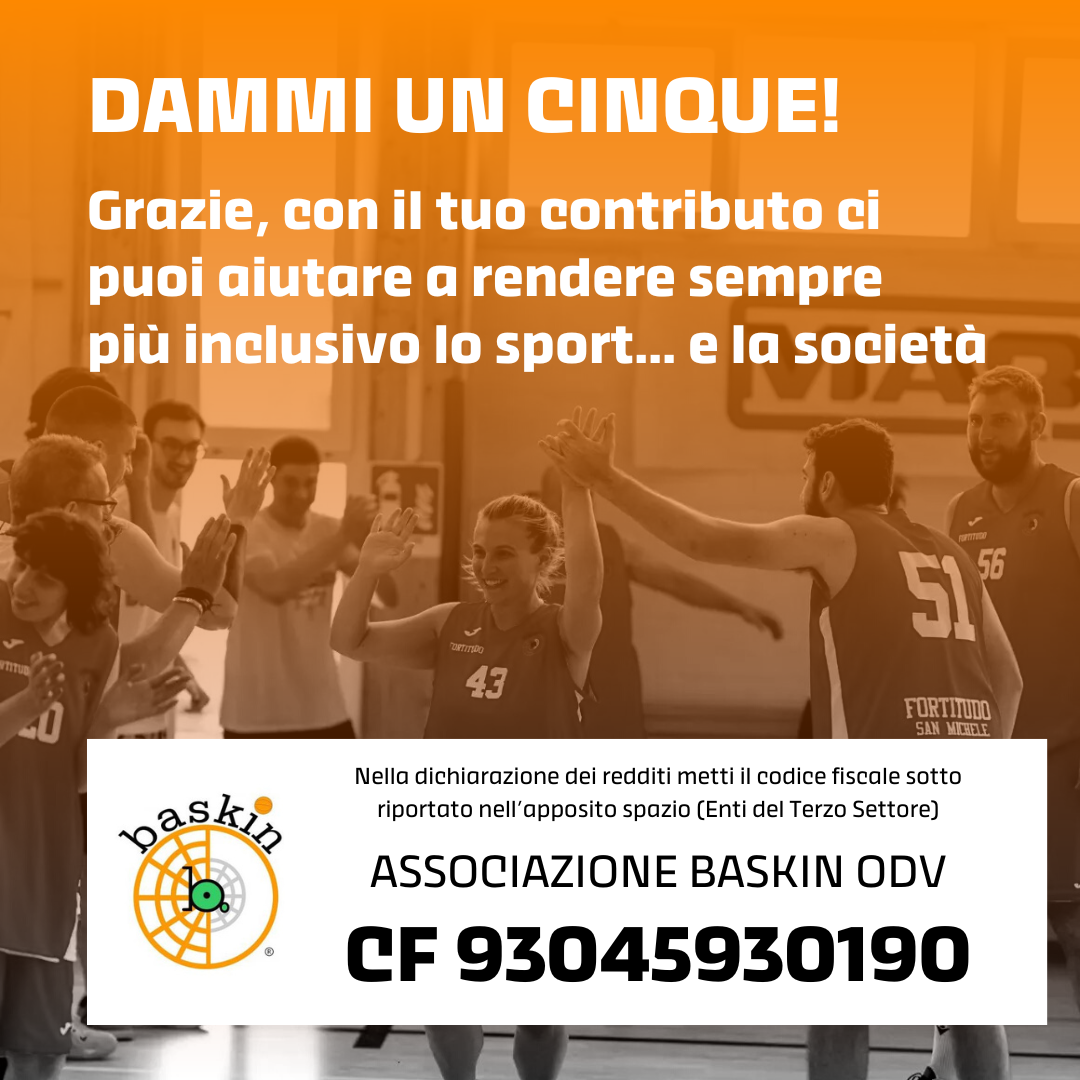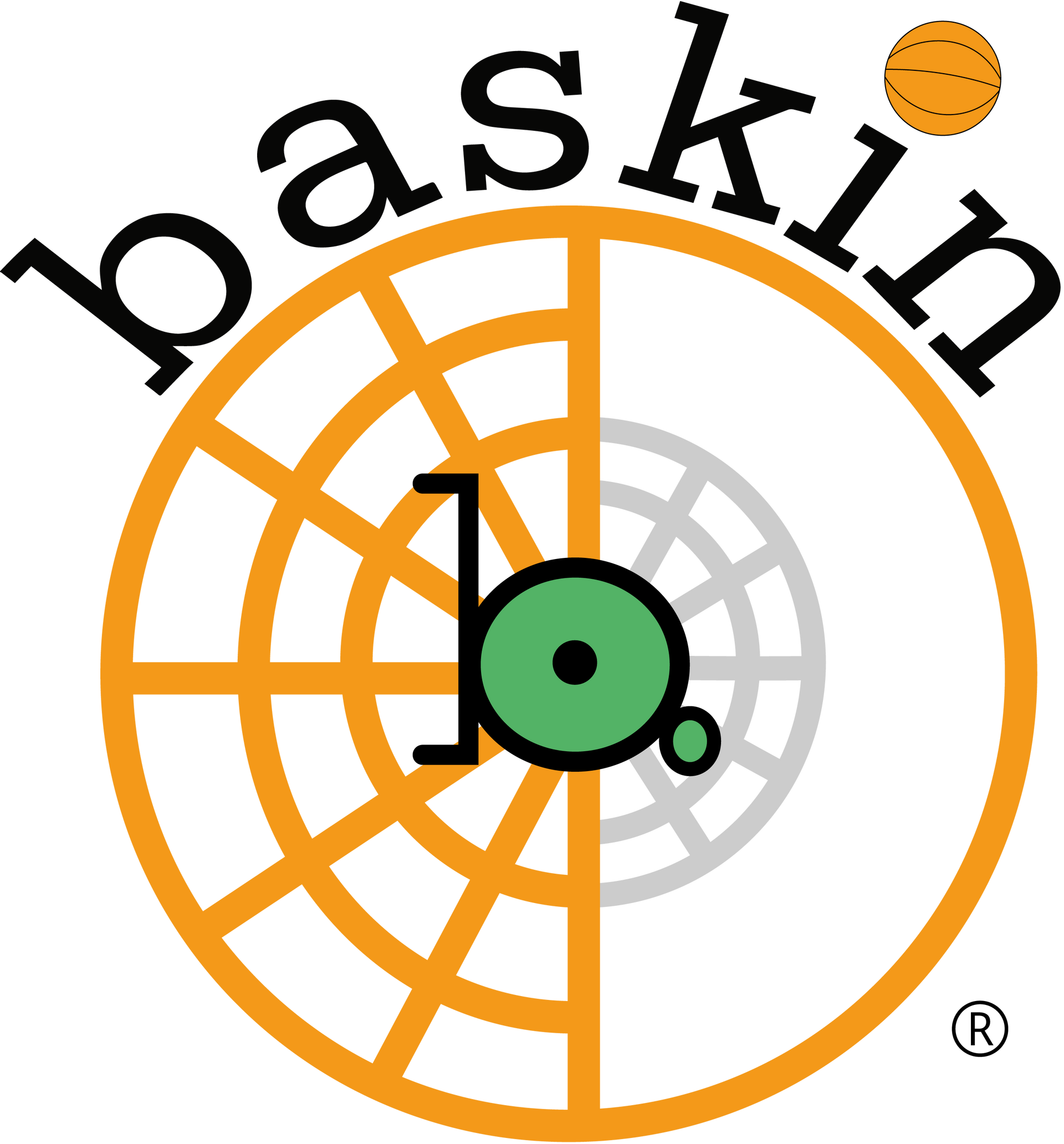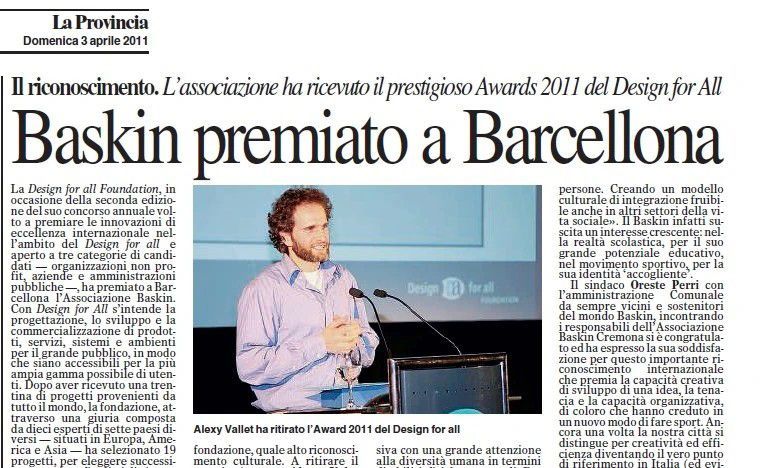Design for all
Design for All means the design, development and marketing of products, services, systems and environments for the general public, so that they are accessible to the widest possible range of users.
The concept of DESIGN FOR ALL, or also called elsewhere INCLUSIVE DESIGN, or UNIVERSAL CONCEPTION, is a concept developed in various fields (industry, architecture, ergonomics, ...) to offer all people, with all types of abilities, the possibility of access to the same opportunities, using the same products and services.
Design for All supposes reshaping the SHAPE of objects, structures and infrastructures, but also of services; inventing new products and new services that can guarantee a common ACCESSIBILITY and USEFULNESS for all.
Baskin gets international recognition
The Design for all Foundation, on the occasion of the second edition of its annual competition aimed at rewarding innovations of international excellence in the field of Design for all and open to three categories of candidates - non-profit organisations, companies and public administrations - awarded the Baskin association on 24 February in Barcelona. After receiving around 30 projects from all over the world, the Foundation, through a jury of 10 experts from 7 different countries (in Europe, America and Asia), selected 19 projects, to then elect the 3 finalists in each of the 3 candidate categories.
At the end of the final evaluation phase, the BASKIN project emerged as the winner in its category (non-profit organisation), receiving the Foundation's 2011 AWARDS award as a high cultural recognition.
In such a context, it is not surprising that, having become a doctor and specialised in child neuropsychiatry in Milan and London, the young Adriano Milani Comparetti oriented his passionate scientific research in a direction parallel to that of the most advanced European pedagogy.
From the very beginning of his medical profession (which, moreover, he never practised privately, because Milani did not like to have 'monetary relations' with families, as Lina Mannucci recalls), his attention was focused on the child as a protagonist in his own environment. The intuitions on the need for rehabilitative and interdisciplinary medicine, on the side of handicapped children, and later, on the protagonism of the child also in intrauterine life, have a common matrix in this highly innovative approach.
The first experiments in the interdisciplinary rehabilitation therapy of spastic children, carried out in the early 1950s by Milani Comparetti with a physiotherapist and a psychologist, in a basement of the Meyer Paediatric Clinic in Florence (the only space that the official medicine of the time had granted him, since at the time the problems of spastics were still mainly dealt with by orthopaedics), and later, when the law of '57 for the
re-education of spastics, the CRI commissioned Milani Comparetti to set up a rehabilitation centre at the Villa Torrigiani in Florence. The spastic children were to live at the centre, which would provide both rehabilitation and education. Lina Mannucci, who was then a very young primary school teacher on her first assignment in a school in northern Italy, but already militant in the field of 'active education', heard a call from the CEMEA in Florence, to whom Milani Comparetti had asked for teachers to organise the kindergarten and primary school at the rehabilitation centre he was creating. He wanted an active school like the one he had breathed at CEMEA, the basic democratic school, not just made but at that time there was still a lot of closure on the issue of inclusion, the school's only offer was the differential class Milani Comparetti then realised that the Torrigiani centre had to cease to exist as a total institution: 'if we want to save the spastics we must close the institute, the institute cannot be the home of the spastics'. He therefore shifted his action towards the municipalities to demand the creation of small rehabilitation centres to be decentralised throughout the territory and to create the conditions for the inclusion of spastic children in public schools.
And the Torrigiani Centre became a training centre for physiotherapists and rehabilitation workers. This episode, one of many that can be recounted about Milani Comparetti's activities, testifies to the listening skills, attention to discovery and humility of a great innovator, who, although he passed away more than ten years ago, left us a highly topical message in various fields of knowledge.up of books and pencils, but a school where play is an integral part, where educational activities can and must have a therapeutic function. It seemed to them particularly suitable for children with these major limitations: "if they don't write, they can do something else."
They therefore attempted the path of integration, organising activities for all children in the city and trying to involve the city schools in the inclusion of spastic children in normal groups.
Associazione Baskin ODV
Via Altobello Melone 18/20
26100 Cremona
Codice Fiscale: 93045930190

Tutti i diritti riservati | Associazione Baskin





